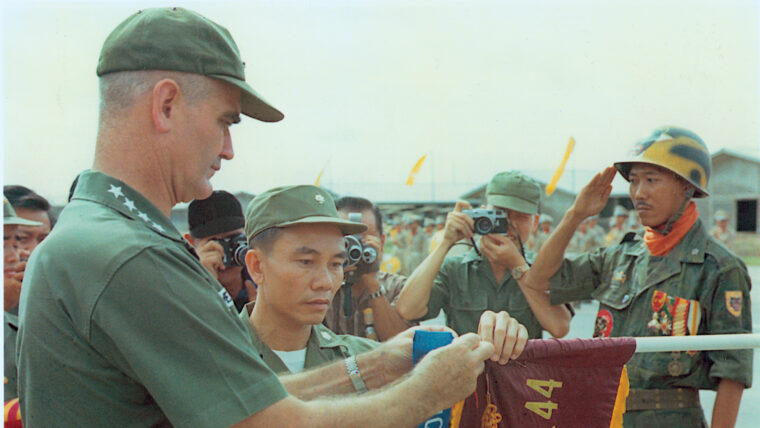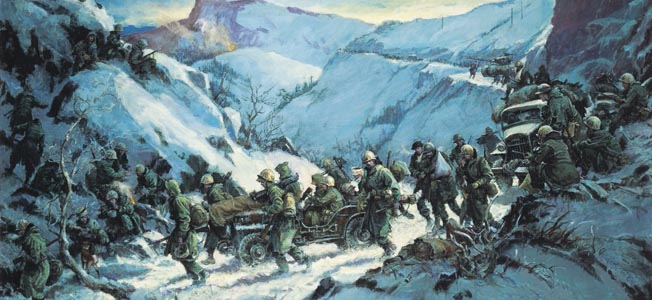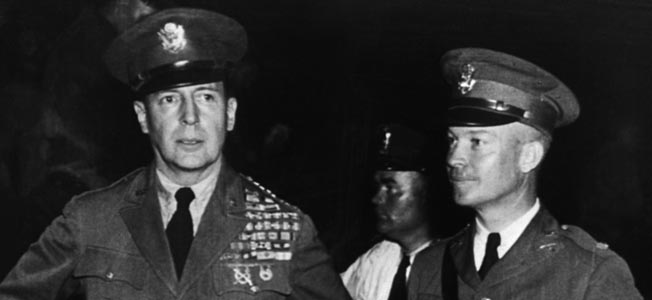
Korean War
Reel War: The Evolution of the American War Film
By Philip Burton MorrisThe first truly realistic American films of World War II began with a flourish familiar to any moviegoing audience at the time: a hand-drawn company logo introduced by musical fanfare. Read more























